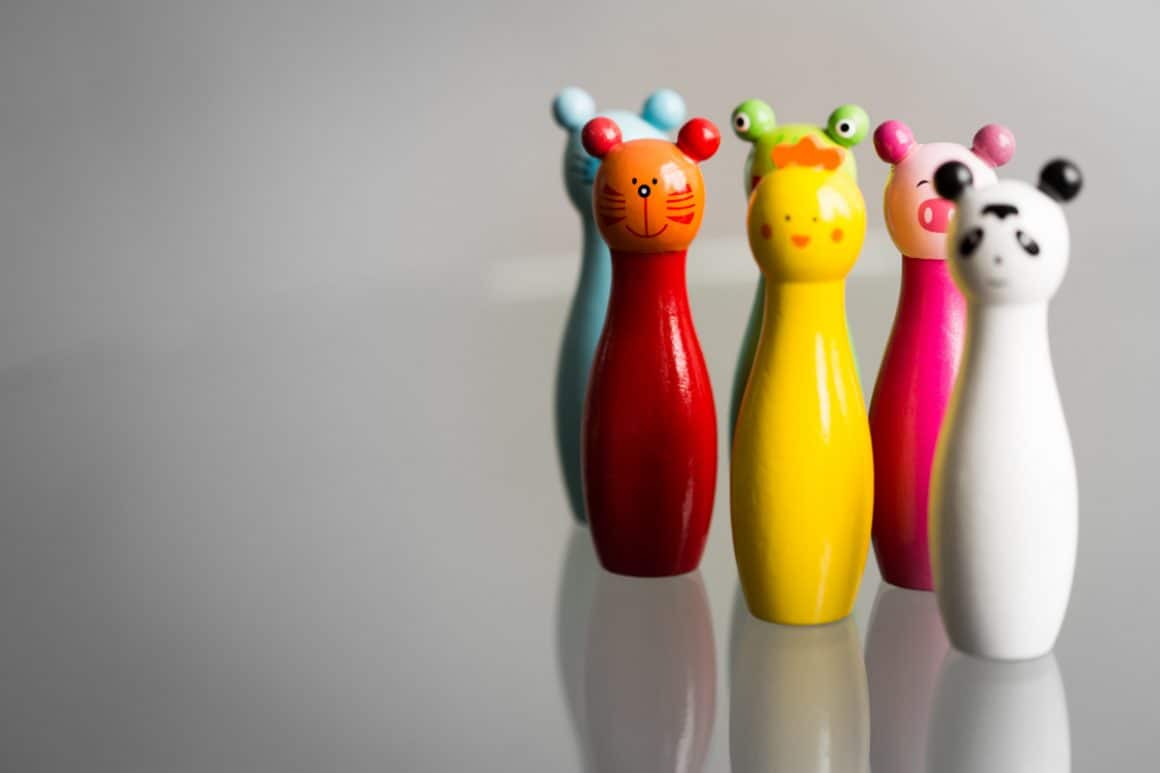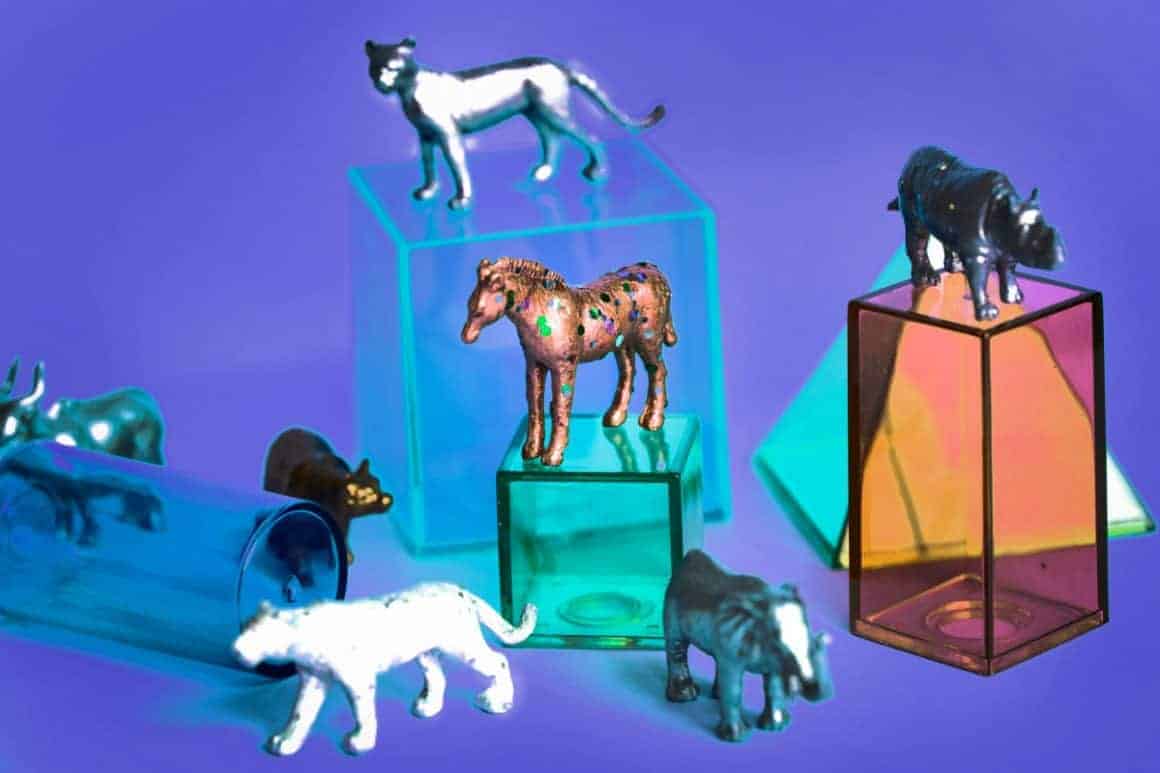Kids can truly enjoy playing with their toys. It’s very important to remember, however, that safety is a priority. Thousands of children are injured every year by unsafe toys.

Let’s learn what characteristics to keep an eye out for when purchasing toys, and how keeping some easy guidelines in mind can help prevent injuries.
Limit Injuries from Unsafe Toys
Many injuries that happen with toys are minor, such as bruises, cuts, and scrapes. Toys can, however, occasionally cause serious injuries or even fatalities. This often occurs when a toy is inherently dangerous or when it is used incorrectly.
Tips for Buying Safe Toys
Tips for choosing toys that are safe:

Read Labels Carefully – warning labels on toys provide vital details about how to play with the toy and what ages it is designed for. Take the time to show your child how to use the toy correctly.
Choose large toys – Be sure that the toy and all of the parts are bigger than your child’s airway, to eliminate choking hazards.
Don’t purchase toys that shoot projectiles into the air – these can cause choking or eye injuries.
Avoid toys that make loud noises, as they can cause hearing damage.
If you’re purchasing stuffed toys, check to be sure that they’re well made to eliminate choking hazards or other risks. Be sure that all of the individual parts are on tight, the eyes and detailed features aren’t a choking hazard, and that the edge seams are secure. The toy should also be machine washable. Remove any loose strings or ribbons to prevent choking. Don’t purchase toys that have stuffing made from bean-like plastic pellets, as this can cause suffocation if it is accidentally swallowed by a small child.

When purchasing plastic toys, select toys that are sturdy. Toys that are manufactured from thin plastic can break easily if they are chewed on, leading to small bits that are a choking hazard.
Avoid toys that are made from toxic materials or toys that are from other countries and aren’t labelled correctly. Be sure that the label reads “nontoxic”, especially for art supplies.
Don’t purchase hobby or chemistry kits for children that are younger than 12, as they may not be able to use these toys correctly. Other toys such as these light-up guns from Premier Glow are also more suitable for older children.
If used improperly, the items can cause fires or poisoning, and they may contain harmful chemicals. If you gift these items to an older child, be sure that they know how to use the toy.
If you’re gifting an electronic toy, be sure that it is “UL Approved” – it should say so on the label.

If you’re purchasing a toy for an infant or for in a crib, be extremely careful. Loose bedding, soft toys, or any objects given to a baby for in the crib can increase the risk of suffocation or strangulation. Any toys like this should be removed from the crib when the infant begins to push up to attempt to crawl, or when they reach five months of age, to limit the risk of choking or suffocation.
Selecting the Right Toy By Age

The age recommendations on toy packaging can be useful, as they provide useful information about the following:
- The toys safety – such as choking hazards
- How to play with the toy
- The ability a child may have to understand how to use the toy
- The needs and interests a child may have based on their developmental age.
